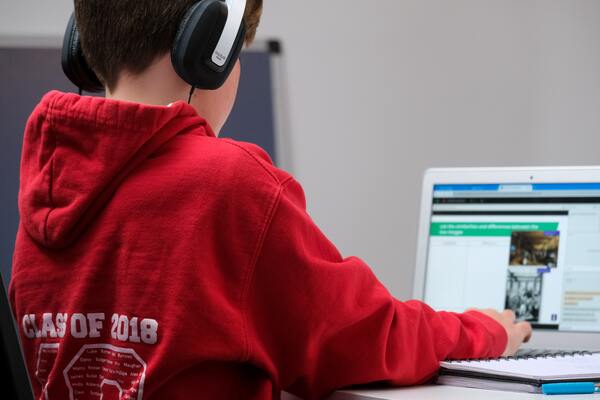Exercise, grades, stress, and learning experiences during remote learning due to the COVID-19 pandemic
(1) University Laboratory High School, Urbana, Illinois, (2) Countryside School, Champaign, Illinois, (3) University of Illinois at Urbana-Champaign, Champaign, Illinois
https://doi.org/10.59720/20-194
During the COVID-19 pandemic, because of social distancing measures, schools had to deliver classes through remote learning. The purpose of this study is to understand the relationships between grades, exercise, stress, and students’ learning experience for middle and high school students during this remote learning period. Based on prior literature, we hypothesized that exercise would reduce stress during the remote learning period. We also hypothesized that receiving grades during the remote learning period would increase stress but also enhance students’ perceived remote learning experience. To test our hypotheses, we conducted a survey of middle and high school students across different states in the United States. We asked participants to rate what they thought about their levels of stress and remote learning experience during the COVID-19 pandemic. We found that, on average, middle and high school students experienced similar stress levels during the remote learning period due to the COVID-19 pandemic compared to the pre-COVID-19 period. We also found that, on average, middle and high school students’ perceived learning experience was lower during the remote learning period due to the pandemic compared to the pre-COVID-19 period. Consistent with our hypotheses, we found that physical exercise helped reduce stress during the remote learning period. We also found that receiving grades for schoolwork increased students’ stress and effort during the remote learning period but did not have a significant impact on students’ learning experience. Furthermore, we found a significant negative relationship between students’ stress and their perceived learning experience.
This article has been tagged with: